
Intramuros: The Walled City of Manila
Explore Intramuros, Manila's historic Walled City, where colonial architecture meets vibrant culture and centuries-old stories await around every corner.
Intramuros, often referred to as the 'Walled City,' is a historic area in the heart of Manila. This Spanish-era fortress, surrounded by thick walls and moats, offers a unique glimpse into the Philippines' colonial past. Walking through its cobblestone streets, you'll find well-preserved structures, including churches, forts, and colonial houses, each telling a story of a bygone era. Start your journey at Fort Santiago, a citadel that once served as a defense fortress during the Spanish colonial period. It now houses the Rizal Shrine Museum, dedicated to the Philippine national hero, Dr. Jose Rizal. Nearby, the Manila Cathedral and San Agustin Church, a UNESCO World Heritage site, showcase stunning architecture and religious art. Intramuros is not just about history. The area also offers a vibrant cultural scene. You can explore local art galleries, dine at restaurants serving traditional Filipino cuisine, or take a leisurely ride on a horse-drawn carriage known as a 'calesa.' The district comes alive in the evenings with cultural performances and events that celebrate the rich heritage of Manila.
Local tips in Intramuros
- Wear comfortable shoes as you'll be walking on cobblestone streets.
- Visit early in the morning or late afternoon to avoid the midday heat.
- Hire a local guide to get a deeper understanding of the area's history.
- Try riding a 'calesa' for a traditional experience.
- Don't miss the interactive exhibits at the Rizal Shrine Museum.
Intramuros: The Walled City of Manila
Intramuros, often referred to as the 'Walled City,' is a historic area in the heart of Manila. This Spanish-era fortress, surrounded by thick walls and moats, offers a unique glimpse into the Philippines' colonial past. Walking through its cobblestone streets, you'll find well-preserved structures, including churches, forts, and colonial houses, each telling a story of a bygone era. Start your journey at Fort Santiago, a citadel that once served as a defense fortress during the Spanish colonial period. It now houses the Rizal Shrine Museum, dedicated to the Philippine national hero, Dr. Jose Rizal. Nearby, the Manila Cathedral and San Agustin Church, a UNESCO World Heritage site, showcase stunning architecture and religious art. Intramuros is not just about history. The area also offers a vibrant cultural scene. You can explore local art galleries, dine at restaurants serving traditional Filipino cuisine, or take a leisurely ride on a horse-drawn carriage known as a 'calesa.' The district comes alive in the evenings with cultural performances and events that celebrate the rich heritage of Manila.
Iconic landmarks you can’t miss
Baluarte de San Diego
Explore Baluarte de San Diego in Intramuros, Manila, where history comes alive amidst stunning architecture and serene gardens.
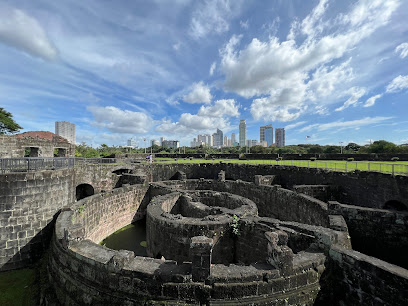
Puerta de Santa Lucia
Discover Puerta de Santa Lucia, a historical gem in Intramuros, Manila, showcasing the enduring beauty of Philippine colonial architecture.

Baluarte de San Andres
Explore Baluarte de San Andres, a historical gem in Intramuros, Manila, where ancient architecture meets captivating stories of the Philippines' colonial past.
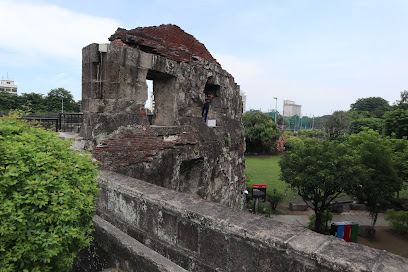
Reducto de San Pedro
Explore the historical charm of Reducto de San Pedro, a key site in Manila's colonial past, nestled in the heart of Intramuros.
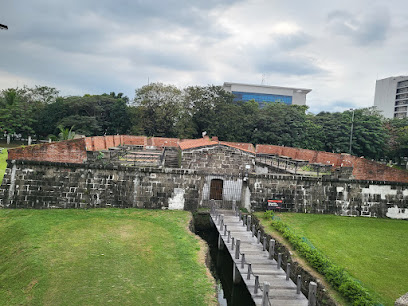
Baluarte De San Miguel
Discover the historical significance and breathtaking views at Baluarte De San Miguel, a must-visit landmark in the heart of Intramuros, Manila.

Church of San Agustin Historical Marker
Discover the timeless beauty and historical significance of the Church of San Agustin, a Baroque masterpiece in the heart of Manila's Intramuros.

Baluarte de San Francisco Dilao
Discover the historical charm of Baluarte de San Francisco Dilao, a 17th-century fortification in Manila's Intramuros, rich in history and stunning views.
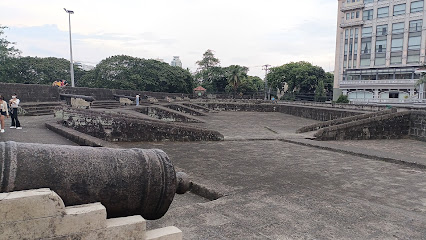
Baluartillo de San Jose
Explore Baluartillo de San Jose, a historic site in Intramuros, Manila, where colonial architecture meets serene gardens in a journey through time.
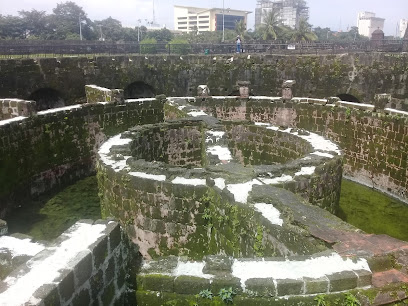
Medio Baluarte de San Francisco
Discover the rich history and stunning architecture of Medio Baluarte de San Francisco, a must-visit bastion in Manila's Intramuros district.
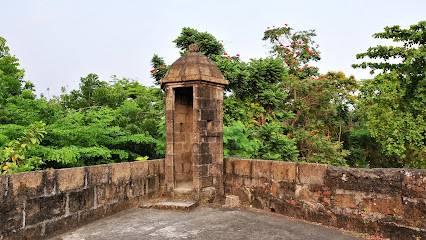
Intramuros Walls
Discover the rich history and architectural beauty of the Intramuros Walls, a must-visit historical landmark in the heart of Manila.

Unmissable attractions to see
Fort Santiago
Explore Fort Santiago, a historical gem in Intramuros, Manila, where rich history and stunning architecture await every visitor.
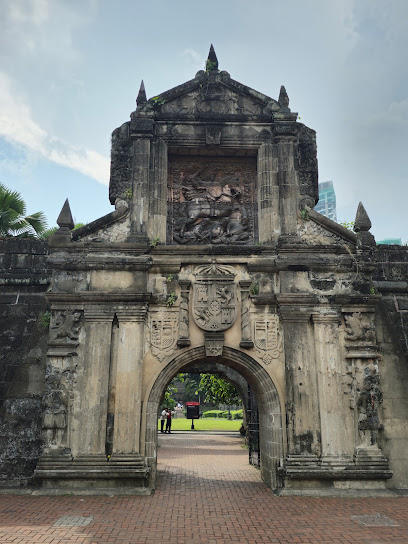
Minor Basilica and Metropolitan Cathedral of the Immaculate Conception - The Manila Cathedral (Archdiocese of Manila)
Discover the stunning Manila Cathedral, a historical and architectural gem in Intramuros that beautifully embodies the Philippines' rich cultural and spiritual heritage.

Plaza Roma
Discover the serene beauty and historical significance of Plaza Roma, a must-visit park in Intramuros, Manila, blending nature with rich cultural heritage.

Baluarte de San Diego
Explore Baluarte de San Diego, a historic fortress in Intramuros, Manila, showcasing stunning architecture and lush gardens amidst the city's rich colonial past.
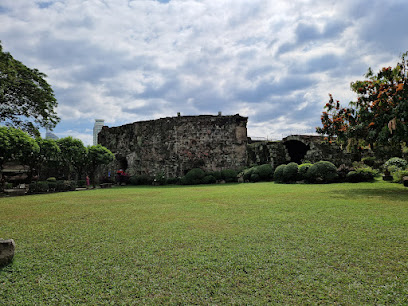
Rizal Shrine at Fort Santiago
Explore the Rizal Shrine at Fort Santiago, a historical museum showcasing the life and legacy of the Philippines' national hero, Dr. Jose Rizal.

The Dungeons of Fort Santiago
Immerse yourself in the history of the Philippines at The Dungeons of Fort Santiago, a hauntingly beautiful landmark in Manila's rich colonial past.
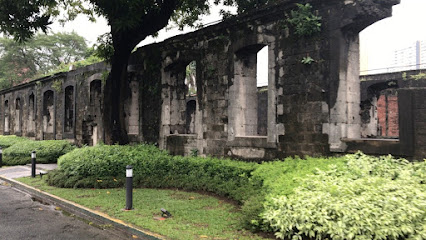
Manila City Hall Underpass
Explore the vibrant Manila City Hall Underpass, a cultural gem showcasing stunning murals and the rich history of Intramuros.
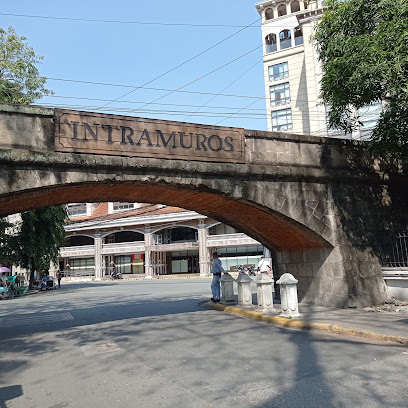
Puerta de Santa Lucia
Discover the historical essence of Manila at Puerta de Santa Lucia, a stunning gateway in the heart of Intramuros rich with culture and stories.
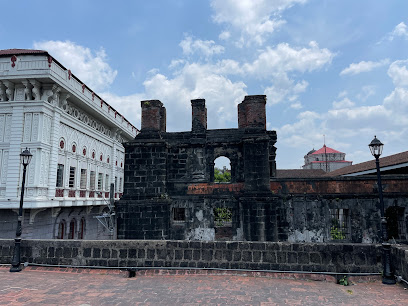
Baluarte De San Miguel
Discover the historical significance and stunning views of Baluarte De San Miguel, a must-visit attraction in the heart of Intramuros, Manila.
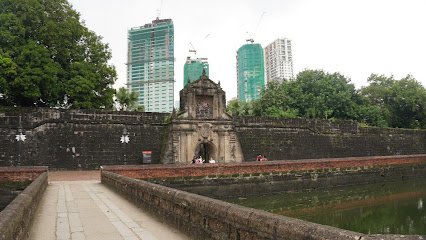
Essential places to dine
Ilustrado Restaurant
Discover the essence of Filipino cuisine at Ilustrado Restaurant in Intramuros – where tradition meets taste amidst stunning gardens.
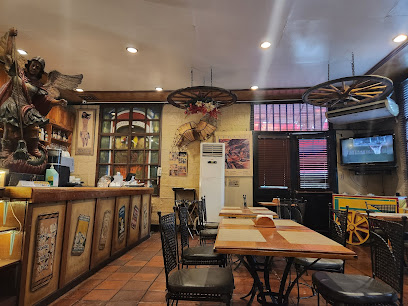
Barbara's Heritage Restaurant
Discover authentic Filipino cuisine at Barbara's Heritage Restaurant in Intramuros – where tradition meets taste!

Sky Deck View Bar
Experience breathtaking views of Manila's skyline while enjoying exquisite cocktails at Sky Deck View Bar in Intramuros.
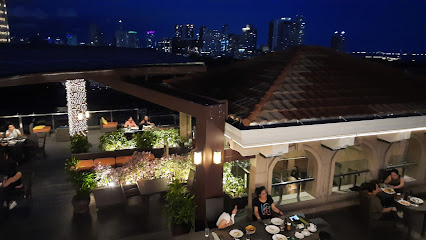
Ristorante delle Mitre
Discover authentic Filipino cuisine at Ristorante delle Mitre, where history meets culinary excellence in Intramuros, Manila.
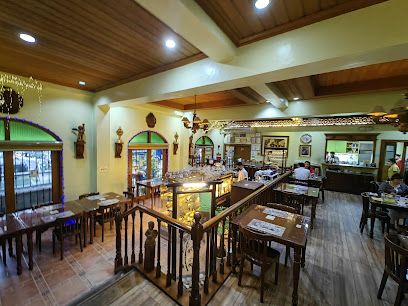
Plaza San Luis Complex
Experience authentic Filipino cuisine at Plaza San Luis Complex in Intramuros, where culture meets culinary delight.
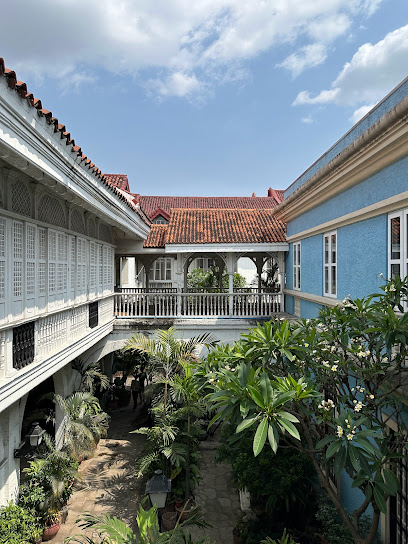
Patio de Conchita Restaurant
Experience authentic Filipino cuisine at Patio de Conchita in Intramuros - where tradition meets taste.
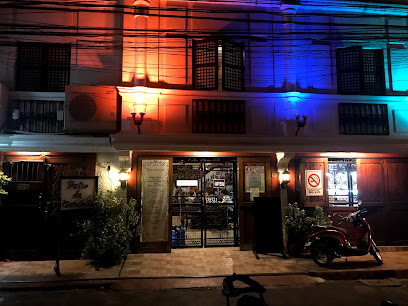
9 SPOONS - The Bayleaf Intramuros
Experience breathtaking views and exquisite Filipino cuisine at 9 SPOONS - The Bayleaf Intramuros in Manila.
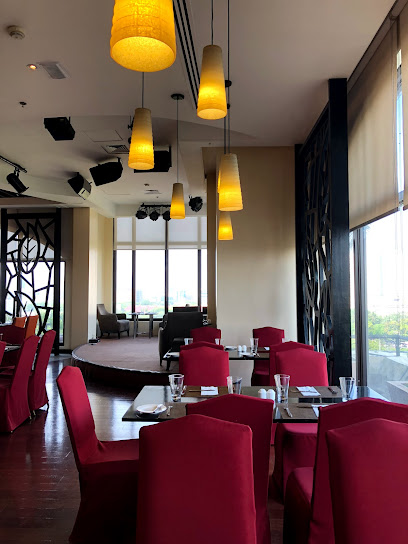
Bambu Intramuros Art Bar and Restaurant
Experience culinary artistry at Bambu Intramuros: where Filipino flavors meet vibrant culture in the heart of Manila's historic district.

BAMBU INTRAMUROS CORP.
Experience authentic Filipino cuisine at Bambu Intramuros – where tradition meets flavor in the heart of Manila's historic district.
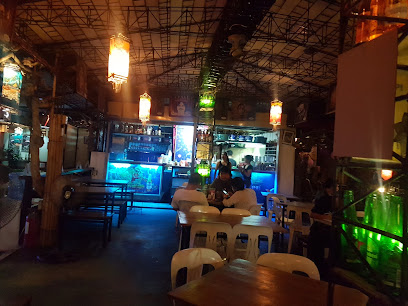
I-TOP VIEW CAFE AND RESTAURANT
Experience stunning views and delicious cuisine at I-TOP VIEW CAFE AND RESTAURANT in Intramuros, where history meets culinary excellence.
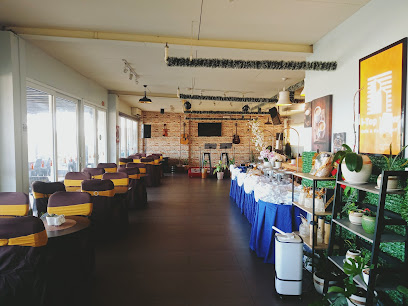
Markets, malls and hidden boutiques
Silahis Center
Explore Silahis Center, an antique haven in Intramuros offering unique Filipino treasures and souvenirs that embody the rich cultural heritage of the Philippines.

Silahis Art & Artifacts Inc
Explore Silahis Art & Artifacts Inc for a unique selection of authentic Filipino souvenirs celebrating the country’s rich cultural heritage.
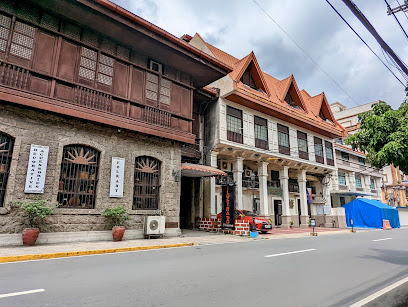
Tesoros
Discover authentic Filipino handicrafts and delicacies at Tesoros, a must-visit souvenir store in Intramuros, Manila.
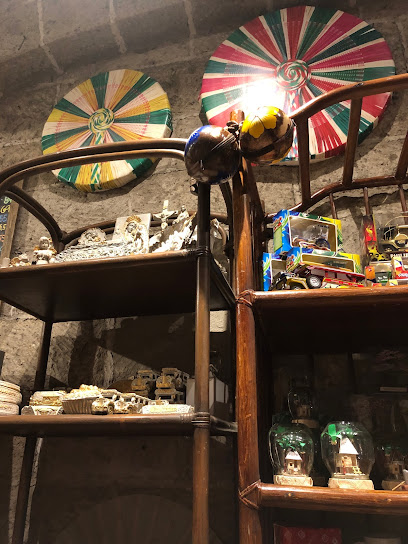
The Papier Tole Shop
Immerse yourself in the creativity of The Papier Tole Shop, where Manila's vibrant paper art and local craftsmanship come alive in Intramuros.

Manila Canvas
Discover authentic Filipino souvenirs at Manila Canvas, a charming store in Fort Santiago, Intramuros, where culture and artistry come to life.
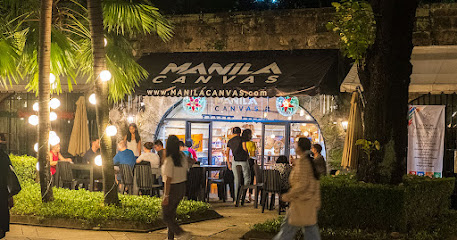
Tiffany Novelty
Explore the charming Tiffany Novelty store in Intramuros, Manila, for unique gifts and souvenirs that capture Filipino creativity.

TESOROS Plaza San Luis, Intramuros
Explore the vibrant TESOROS Plaza San Luis for unique Filipino souvenirs, local crafts, and a glimpse into the rich cultural heritage of Intramuros, Manila.
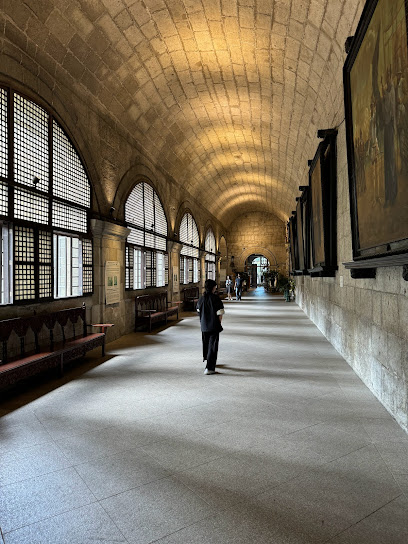
Guitar Apparel
Explore Guitar Apparel in Intramuros, Manila, where music and fashion collide in a vibrant shopping experience.

Luz Store
Explore Luz Store in Intramuros for an authentic shopping experience filled with local crafts and Filipino culture, rich in history and charm.
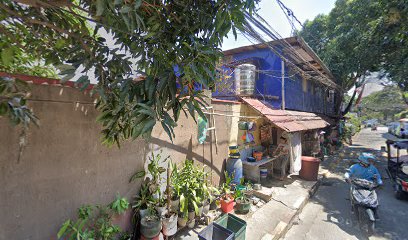
Giftshop Of Manila Cathedral
Explore the Giftshop of Manila Cathedral for a unique blend of books and souvenirs nestled in the heart of Intramuros, Manila's historic district.
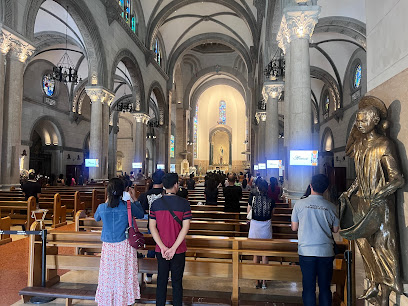
Essential bars & hidden hideouts
Sky Deck View Bar
Experience breathtaking views of Manila at the Sky Deck View Bar, where delicious cuisine meets stunning cityscapes.
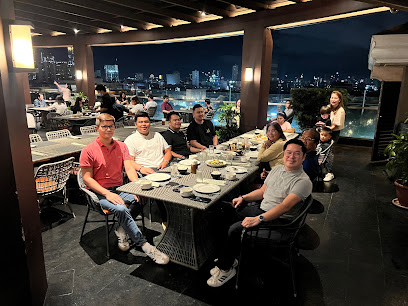
Bambu Intramuros Art Bar and Restaurant
Discover the vibrant culinary and artistic scene at Bambu Intramuros Art Bar and Restaurant, a must-visit destination in Manila's historic Intramuros.
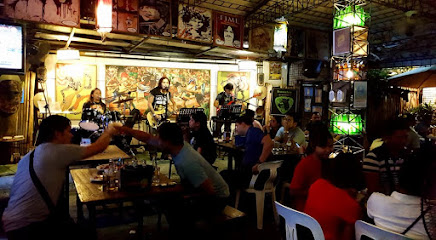
Batala Bar / Philippine Artisan Trade
Experience the rich flavors of the Philippines at Batala Bar, a charming café and beer hall in the historic Intramuros, Manila.

Chibz Restobar
Experience the vibrant flavors of Filipino cuisine at Chibz Restobar in the heart of Intramuros, Manila.
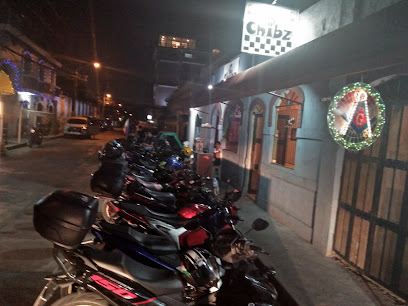
Ko-Sing-Gaw-Lo
Discover the delicious grilled delights of Ko-Sing-Gaw-Lo in Intramuros, a historic gem in Manila that combines culinary excellence with rich cultural heritage.
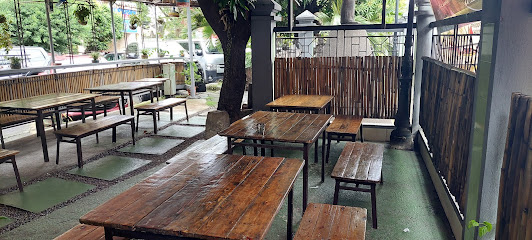
Yok-Do Bar & Grill
Discover the vibrant flavors of Manila at Yok-Do Bar & Grill, where every bite is a celebration of culinary excellence.
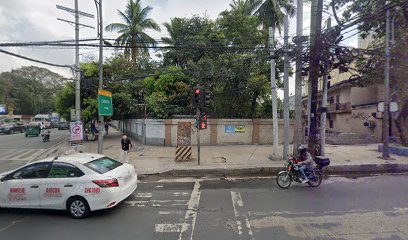
Planet Shakers Mobile Cocktail Bar
Experience the innovative cocktail culture at Planet Shakers Mobile Cocktail Bar in Manila, where every drink promises a unique adventure.
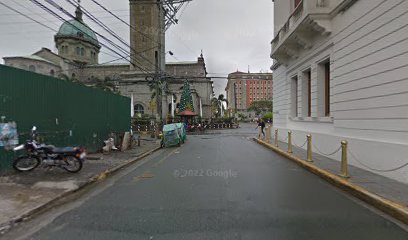
Grotto Hookah Lounge
Discover Grotto Hookah Lounge in Intramuros, a perfect blend of comfort, culture, and flavorful hookah experiences in Manila's historic heart.
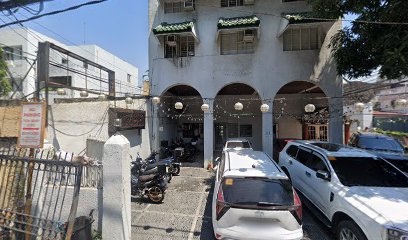
Pacific Moon Bar & Restaurant
Experience a delightful blend of tradition and modernity at the Pacific Moon Bar & Restaurant, where culinary excellence meets stunning views in Intramuros.

San Villa Bar and Restaurant
Discover the flavors of the Philippines at San Villa Bar and Restaurant in Intramuros, a perfect blend of history, culture, and culinary delight.

Local Phrases
-
- HelloKamusta
[ka-mus-ta] - GoodbyePaalam
[pa-a-lam] - YesOo
[o-o] - NoHindi
[hin-di] - Please/You're welcomePaki
[pa-ki] - Thank youSalamat
[sa-la-mat] - Excuse me/SorryPasensya
[pa-sen-sya] - How are you?Kamusta ka?
[ka-mus-ta ka] - Fine. And you?Mabuti. Ikaw?
[ma-boo-ti. i-kaw] - Do you speak English?Nagsasalita ka ba ng Ingles?
[nag-sa-sa-li-ta ka ba ng ing-gles] - I don't understandHindi ko maintindihan
[hin-di ko main-tin-di-han]
- HelloKamusta
-
- I'd like to see the menu, pleaseGusto ko sanang makita ang menu, pakisuyo
[gus-to ko sa-nang ma-ki-ta ang me-nu, pa-ki-su-yo] - I don't eat meatHindi ako kumakain ng karne
[hin-di a-ko ku-ma-ka-in ng kar-ne] - Cheers!Mabuhay!
[ma-boo-hay] - I would like to pay, pleaseGusto ko sanang magbayad, pakisuyo
[gus-to ko sa-nang mag-ba-yad, pa-ki-su-yo]
- I'd like to see the menu, pleaseGusto ko sanang makita ang menu, pakisuyo
-
- Help!Tulong!
[tu-long] - Go away!Lumayo ka!
[lu-ma-yo ka] - Call the Police!Tawagan ang Pulis!
[ta-wa-gan ang pu-lis] - Call a doctor!Tawagan ang doktor!
[ta-wa-gan ang dok-tor] - I'm lostNawawala ako
[na-wa-wa-la a-ko] - I'm illMay sakit ako
[may sa-kit a-ko]
- Help!Tulong!
-
- I'd like to buy...Gusto ko bumili ng...
[gus-to ko bu-mi-li ng] - I'm just lookingNagtitignan lang ako
[nag-ti-tig-nan lang a-ko] - How much is it?Magkano ito?
[mag-ka-no i-to] - That's too expensiveMasyadong mahal 'yan
[ma-sya-dong ma-hal yan] - Can you lower the price?Pwede bang babaan ang presyo?
[pu-we-de bang ba-ba-an ang pre-syo]
- I'd like to buy...Gusto ko bumili ng...
-
- What time is it?Anong oras na?
[a-nong o-ras na] - It's one o'clockAlas-una na
[a-las-u-na na] - Half past (10)Alas-diyes y medya
[a-las-di-yes y med-ya] - MorningUmaga
[u-ma-ga] - AfternoonHapon
[ha-pon] - EveningGabi
[ga-bi] - YesterdayKahapon
[ka-ha-pon] - TodayNgayon
[nga-yon] - TomorrowBukas
[bu-kas] - 1Isa
[i-sa] - 2Dalawa
[da-la-wa] - 3Tatlo
[tat-lo] - 4Apat
[a-pat] - 5Lima
[li-ma] - 6Anim
[a-nim] - 7Pito
[pi-to] - 8Walo
[wa-lo] - 9Siyam
[si-yam] - 10Sampu
[sam-pu]
- What time is it?Anong oras na?
-
- Where's a/the...?Saan ang...?
[sa-an ang] - What's the address?Anong address?
[a-nong ad-dres] - Can you show me (on the map)?Pwede mo ba akong ipakita (sa mapa)?
[pu-we-de mo ba a-kong i-pa-ki-ta sa ma-pa] - When's the next (bus)?Kailan ang susunod na (bus)?
[ka-i-lan ang su-su-nod na bus] - A ticket (to ....)Isang tiket (papuntang ....)
[i-sang ti-ket pa-pun-tang]
- Where's a/the...?Saan ang...?
History of Intramuros
-
Intramuros, known as the 'Walled City,' was established in 1571 by Spanish conquistador Miguel López de Legazpi as the seat of the Spanish colonial government in the Philippines. The area was strategically chosen due to its location along Manila Bay, providing a natural harbor. The walls were constructed to protect the city from invasions and raids, with the first stones laid in 1586.
-
Throughout the Spanish colonial period, Intramuros became the center of Catholicism in the Philippines. The construction of prominent churches, such as San Agustin Church in 1607, reflected the Catholic Church's influence on Filipino culture and society. San Agustin Church is now a UNESCO World Heritage Site, showcasing Baroque architecture and rich historical significance.
-
In 1762, during the Seven Years' War, British forces captured Intramuros, marking the first time a foreign power occupied the city. The occupation lasted for two years, significantly impacting the local economy and political structure. Although the British withdrew in 1764, this event highlighted the vulnerabilities of Spanish colonial rule in the Philippines.
-
Intramuros suffered extensive damage during World War II, particularly during the Battle of Manila in 1945. The area was heavily bombarded, and many historical structures were destroyed. The devastation marked a significant turning point, as post-war reconstruction efforts aimed to restore some of the city's historical character while modernizing parts of the area.
-
In the latter half of the 20th century, efforts to restore Intramuros began in earnest, with the creation of the Intramuros Administration in 1979. The initiative focused on preserving historical sites, promoting cultural tourism, and revitalizing the area. Today, Intramuros stands as a testament to Manila's rich history, attracting visitors with its cobblestone streets, restored churches, and museums that celebrate Filipino heritage.
Intramuros Essentials
-
Intramuros is easily accessible from various neighborhoods in Manila. The most convenient way is by taxi or ride-sharing apps like Grab, which can be hailed from anywhere in the city. For a more budget-friendly option, take the LRT Line 1 to the Central Terminal station and then walk or take a short jeepney ride to the entrance of Intramuros. Buses also connect to nearby areas, including stops at major hotels and tourist spots.
-
Intramuros is a compact area, making it ideal for walking. Many attractions are within walking distance of each other. Bicycle rentals are available, and guided bicycle tours can enhance your experience. For those preferring motorized transport, tricycles and e-bikes are also available for hire. The area is pedestrian-friendly, with many paths and sidewalks, but be cautious of cobblestones.
-
Intramuros is generally safe for tourists, especially during the day. However, like many urban areas, there are pockets of higher crime rates, particularly at night. It is advisable to avoid deserted streets and alleys after dark. Areas near the Manila Cathedral and Fort Santiago are well-patrolled, but always remain vigilant and keep your belongings secure.
-
In case of an emergency, dial 911 for police, fire, or medical assistance. The nearest hospital is the Manila Medical Center, located just outside Intramuros. Always carry a copy of your identification and any necessary travel insurance details. For minor health issues, pharmacies and clinics are available within the area.
-
Fashion: Do dress modestly, especially when visiting religious sites like San Agustin Church. Avoid overly revealing clothing. Religion: Do respect local customs and traditions. When entering churches, it's polite to cover your shoulders and knees. Public Transport: Do be courteous on public transport. Don’t engage in loud conversations. Greetings: Do greet locals with a friendly smile and a polite 'Hello.' Eating & Drinking: Do try local delicacies at nearby eateries. Don’t eat or drink in sacred places or while walking around.
-
To experience Intramuros like a local, consider visiting during weekdays to avoid the tourist crowds. Explore the local eateries for authentic Filipino dishes, like adobo and lumpia. Engage with local guides who can share stories and insights about the history of the area. Don’t miss the chance to try the famous taho (silken tofu) sold by street vendors in the mornings. Join a historical walking tour to delve deeper into the colonial past of Intramuros.













